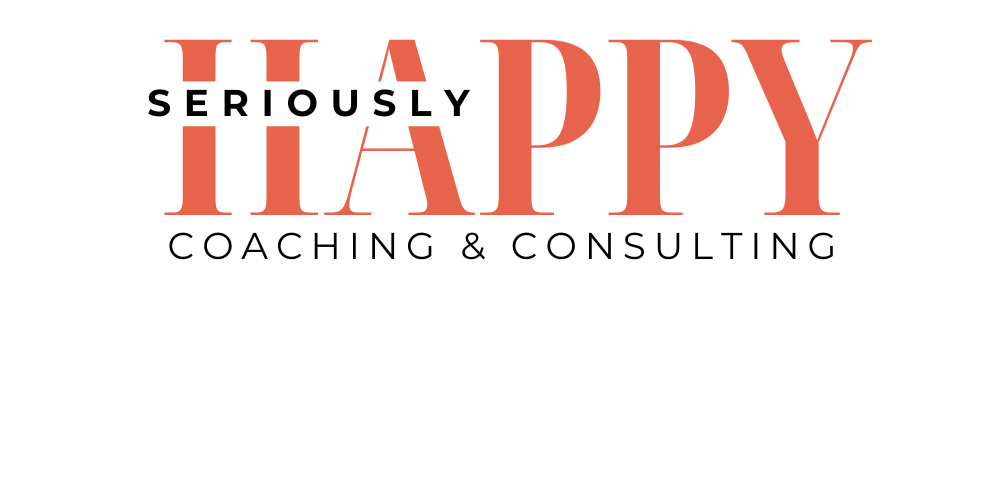Everyone talks about avoiding scope creep like it’s an ominous threat to our timelines and profit margins. And sure, if you’re doing more work but not getting paid any more money, scope creep is a profit-devouring nightmare.
But handled right, scope creep is a profitable opportunity. Without spending any time, money or energy finding a new client, you brought in more revenue. Yay!
The problem is that somehow it’s all too easy to say yes to the extra work while failing to mention it’s going to cost more money. When the time comes for billing, you either never bill them for it (because you never got around to talking about it, and now it feels awkward) or you surprise-bill them for it, losing sleep waiting for the angry email to drop into your inbox (no one appreciates a surprise bill).
It’s inevitable that design clients are going to ask, “Can we add just one more thing?” Prepare yourself so you can harness the opportunity to deliver more value and get paid fairly for it! Let’s talk about how to do that.
Business Improv: Say “Yes, And”
Interior designers only get into trouble when they say “yes” to scope creep without adding the all-important step that clarifies, confirms, and formalizes the work. That’s how you end up doing free work and resenting your clients. 😩
However, if you deploy a handy-dandy improv technique called “Yes, And” suddenly you’ll be set up to deliver what your client needs and make more money. Here’s how it works…
Yes, And: Clarify, Confirm, Contract
The next time a client asks for more (assuming you want the work and can do it), lean in with confidence, say “Yes, and,” then follow three simple (but essential) steps:
1) Clarify.
Make sure you understand exactly what’s being requested.
What to say:
“Sure, we can add that to the project! Let’s make sure I understand what you have in mind so I can give you a sense of additional costs before we go forward. Are you thinking of custom draperies for each room, or are you picturing matching cellular shades throughout?”
Show enthusiasm for their ideas, but don’t commit to the work until you know the full scope. Otherwise, you’ll be agreeing to vague expectations—and that’s a recipe for disappointment on both sides.
2) Confirm.
Once you’ve clarified the scope, confirm the costs and timeline before moving forward.
What to say:
“The custom draperies for the entire house will add about $70,000 in material costs and $2,500 to my design fee. I want to make sure you’re comfortable with that before I dive in.”
If you need time to gather numbers, say so! Then share the costs and implications clearly, whether in person, by phone, or over email. And if a decision needs to happen quickly to meet a deadline, make that crystal clear.
Example:
“I can only meet the install deadline if we finalize by Tuesday. Otherwise, we’ll need to adjust the schedule.”
This isn’t pushy—it’s professional. You’re protecting your reputation by ensuring you have the time and resources to do great work.
3) Contract – get that commitment in writing.
Verbal agreements are nice, but useless. Always document the details—even if it’s just a quick email outlining what’s been added, the cost, and any timeline impacts.
What to say:
“Here’s a quick recap of the additional draperies we discussed…”
For significant scope increases, create a formal addendum for their signature. But no matter what, always put it in writing.
Done right, scope creep isn’t a headache. It’s a profitable side hustle.
Who knows why we feel bad telling people they’ll need to pay more money for more work… that’s a question for the therapists. 🙄 Luckily, we can make scope-creep conversations easier by ensuring our initial Scope of Work descriptions are crystal clear before signing our design agreements.
Taking time to nail down all the details, plus thinking through your “rules” ahead of time, means you’ll be ready to respond with confidence when clients ask for something outside the original scope. This is especially crucial for studios with a team—when your designers are crystal clear on your boundaries, they’ll feel empowered to handle scope-creep questions confidently, even when you’re not around.
If setting boundaries like, “Yes, you’ll need to pay me more money for more work” feels uncomfortable, check out my Lead to Launch program. It’s packed with strategies to help you establish the rules, standards, and boundaries that keep your projects profitable, your team thriving, and your mental health off the studio floor.
Here’s to building a Seriously Happy business. 🥂 You’ve got this!

Hi! I’m Rebecca!
When I closed my design biz to move to Paris I discovered how hard it was for me to refer my clients to other designers because I couldn't tell what the designer did, who they did it for, or what they delivered!
Now I'm on a mission to help designers nail their niche and set clear client expectations.
It's all about being able to clearly communicate what you do, who you do it for, what they should expect, and what they'll get, and it's the #1 key to getting hired by clients you love to work on projects you're proud of!

